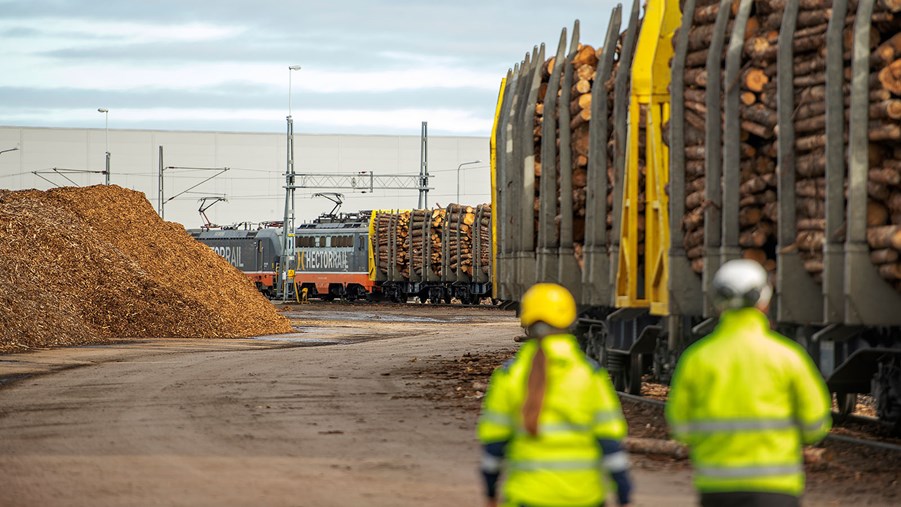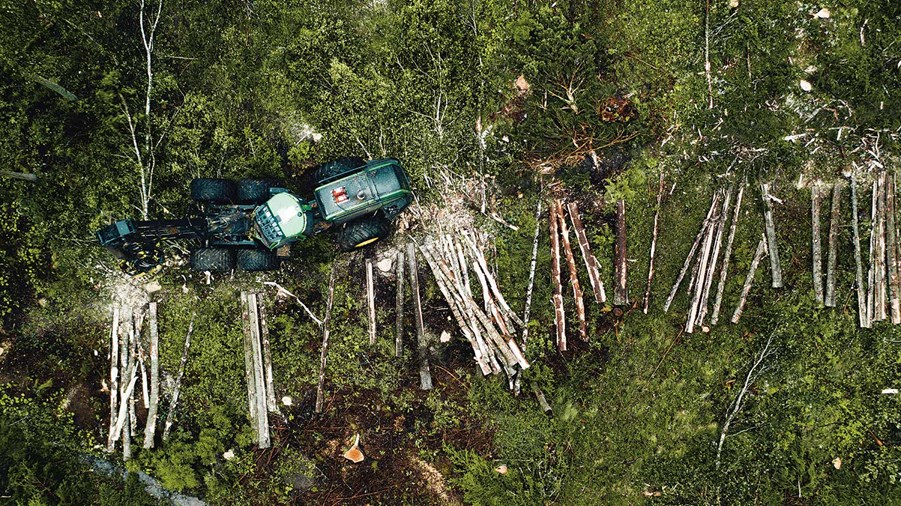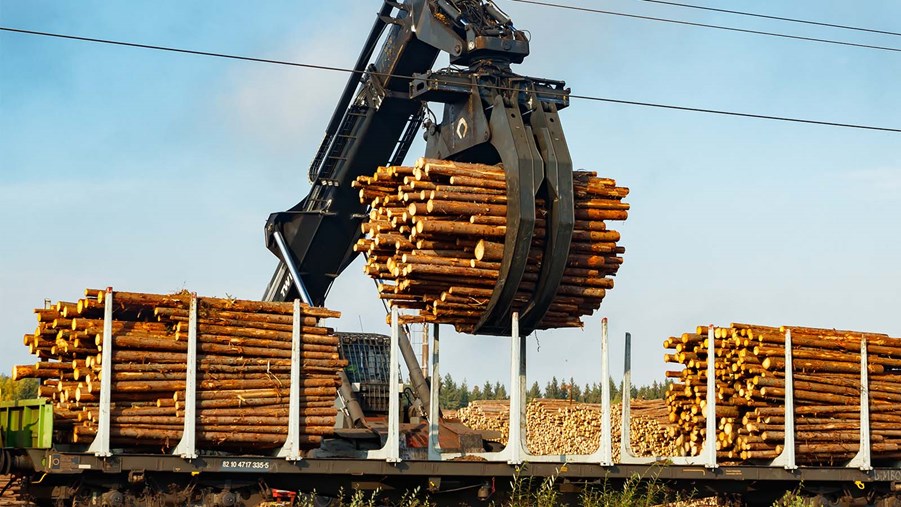
Seventy per cent of Sweden’s surface area is forest. Being forest-rich and the home of a large share of Europe’s boreal forests, the Swedish forest-based sector has a responsibility to continuously develop its forest management practices.
Multifunctional and sustainably managed EU forests are essential for the green transition. Given the variety of European forest types, history of land use, and various forest ownership patterns, a one-size-fits-all approach to EU policy is unlikely to succeed.
Biodiversity is necessary for viable and prosperous forests that are resilient to climate change and more extreme weather conditions. The work of the Swedish forest-based sector is based on the principle that forests should be managed in ways that increase growth and biodiversity.
Steps towards this goal include:
- More varied forest management.
- Increased conservation management.
- New biodiversity monitoring and measurement methods to increase knowledge of forest ecosystems.
- More research on how different forms of forest management activities affect biodiversity.
To achieve this, EU policies are needed that seek to:
- Acknowledge the multifunctional role of forests in meeting societal, economic, and environmental objectives.
- Ensure that forest management practices can be designed to meet local circumstances and needs.
- Increase access to sustainable, renewable wood resources.
- Consider forest owners of all sizes as key stakeholders in the green transition.
- Recognise that there are no one-size-fits-all forestry policy measures that deliver on all expectations at once; rather, a fair and proportionate balance acknowledging synergies and trade-offs over time must be struck.





